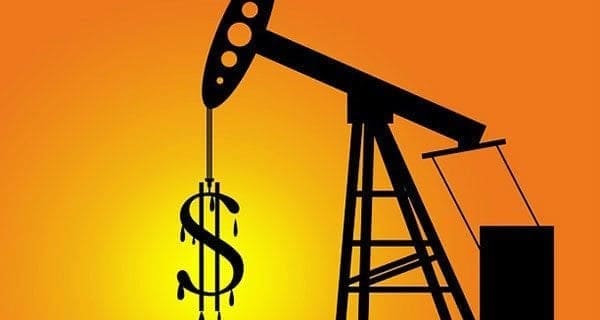 Global oil prices are expected to recede in the coming months after reaching their highest values since 2014.
Global oil prices are expected to recede in the coming months after reaching their highest values since 2014.
The latest forecast from Deloitte’s Resource Evaluation and Advisory group says that as Organization of Petroleum Exporting Countries (OPEC) increase output and international demand for oil declines in the second half of the year, prices will fall.
The report, released on Wednesday, said lower exportable crude oil volumes from the United States, where record production levels have been offset by higher domestic demand, widened the price differential between West Texas Intermediate (WTI) and Brent crude oil to an average of US$7 a barrel in May. At the same time, Canadian Western Canadian Select differentials to WTI narrowed to US$16.74, down approximately 30 per cent from the first quarter of the year.
“Some of the transportation bottlenecks for the Western Canadian Sedimentary Basin eased in the second quarter thanks to increased rail shipments of crude oil, something we expect to see continue for the rest of the year,” said Deloitte partner Andrew Botterill in a statement.
“In addition, demand from U.S. Gulf Coast refineries for Canadian heavy crude should increase as they look to replace supplies previously obtained from Venezuela, where production volumes continue to decline.”
The report said Canadian natural gas prices have remained volatile and are expected to fluctuate for the remainder of the year. Prices have ranged from C$2.12/Mcf in January to C$1.20/Mcf in May, prompting many producers to turn to other markets to mitigate these low prices and minimize their exposure to Alberta Energy Co. (AECO) price volatility. Low financial returns from current prices have also led several Canadian producers to defer or reduce their development capital spending this year while others have shut-in production of non-core operations, it said.
The report said Henry Hub prices have remained stable through 2018, averaging approximately US$3/Mcf in the first and second quarters of the year. Deloitte said the U.S. natural gas market appears to be strengthening, with production volumes continuing to rise, mainly due to shale gas production and associated gas from the Permian Basin, and increased access to international markets. Liquefied natural gas (LNG) exports to Asian countries now make up approximately 17 per cent of all U.S. natural gas exports, up 12 per cent from last year, while pipeline exports to Mexico account for a large portion of the rest.
Respected business writer Mario Toneguzzi is a veteran Calgary-based journalist who worked for 35 years for the Calgary Herald in various capacities, including 12 years as a senior business writer.
![]() The views, opinions and positions expressed by columnists and contributors are the author’s alone. They do not inherently or expressly reflect the views, opinions and/or positions of our publication.
The views, opinions and positions expressed by columnists and contributors are the author’s alone. They do not inherently or expressly reflect the views, opinions and/or positions of our publication.

